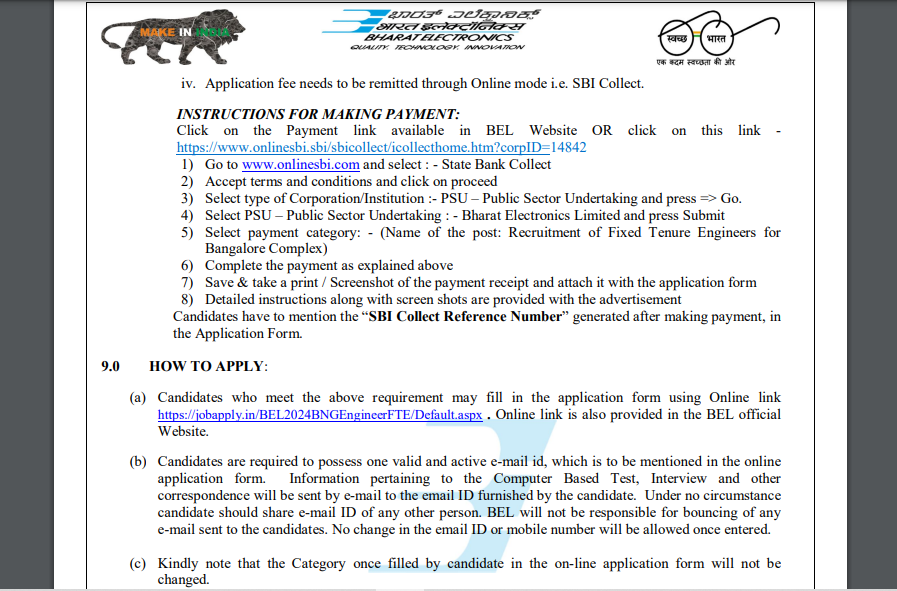Scientists have made significant strides in reconstructing the mathematical structure of Quantum Theory using the principle of Information Causality. This breakthrough offers new physical justifications for the enigmatic realm of Quantum Theory.
Table of Contents
Reconstructing the Mathematical Structure of Quantum Theory
Quantum Mechanics, the groundbreaking theory that unravels the mysteries of the microscopic world, has long captivated the scientific community. Developed in the early 20th century by prominent physicists like Max Planck, Albert Einstein, Niels Bohr, and others, Quantum Mechanics provides a mathematical framework to explain experimental phenomena such as the Black-body radiation curve and the Photoelectric effect. Unlike classical theories, Quantum Mechanics relies on abstract mathematical axioms rather than physically motivated postulates.
In their quest for a deeper understanding of the physical world, scientists have endeavored to reconstruct the mathematical structure of quantum theory from physically motivated foundations. However, progress in this “reconstruction program” gained momentum with the emergence of quantum information theory during the last quarter of the past century.
In a recent groundbreaking development, researchers from the S. N. Bose National Centre for Basic Sciences in Kolkata, an autonomous institute under the Department of Science and Technology, have made significant strides in this endeavor. Led by Dr. Manik Banik, the team employed a novel information principle known as the principle of Information Causality to explore the permissible descriptions for composite quantum systems, encompassing multiple quantum objects.
The findings of their study, published in the prestigious journal Physical Review Letters, established the pivotal role played by Information Causality in selecting the appropriate quantum composition rule from various mathematical possibilities. Notably, the principle of Information Causality can discard a composition rule that aligns closely with classical intuitions, resulting in a theory that only permits classical-like correlations, also known as Bell local correlations. This discovery establishes Information Causality as a superior principle in deriving the mathematical structure of quantum mechanics. Dr. Banik’s groundbreaking research thus offers a fresh physical justification for the intricate mathematical underpinnings of Quantum Theory.
The published paper titled “Principle of Information Causality Rationalizes Quantum Composition” by R. K. Patra et al. in Physical Review Letters provides further insights into this research breakthrough.
The work by Dr. Banik and his group at SNBNCBS represents a significant contribution towards unraveling the mysteries of quantum theory and shedding light on the fundamental nature of the microscopic world.
Do Follow us on Facebook and updates Checkout our Website
Conclusion
The quest to reconstruct the mathematical structure of Quantum Theory from physically motivated postulates has received a significant boost through the application of the principle of Information Causality. Dr. Manik Banik and his team at the S. N. Bose National Centre for Basic Sciences have demonstrated the pivotal role played by Information Causality in selecting the appropriate quantum composition rule. Their research showcases the superiority of this principle in deriving the mathematical framework of Quantum Mechanics. These remarkable findings contribute to our understanding of the microscopic world and provide novel physical justifications for the enigmatic realm of Quantum Theory.
Dr. Manik Banik and his team’s research at the S. N. Bose National Centre for Basic Sciences showcases the importance of Information Causality in deriving the mathematical framework of Quantum Theory. Their findings contribute to unraveling the mysteries of the microscopic world.
References
- R. K. Patra et al. “Principle of Information Causality Rationalizes Quantum Composition.” Phys. Rev. Lett. 130, 110202 (2023) [https://doi.org/10.1103/PhysRevLett.130.110202]
- M. Pawłowski et al. “Information causality as a physical principle.” Nature 461, 1101 (2009) [https://doi.org/10.1038/nature08400]
- I. Namioka & R. R. Phelps. “Tensor products of compact convex sets.” Pac. J. Math. 31, 469 (1969) [https://msp.org/pjm/1969/31-2/p21.xhtml]
- John S. Bell. “On the Problem of Hidden Variables in Quantum.” Rev. Mod. Phys. 38, 447 (1966)
























